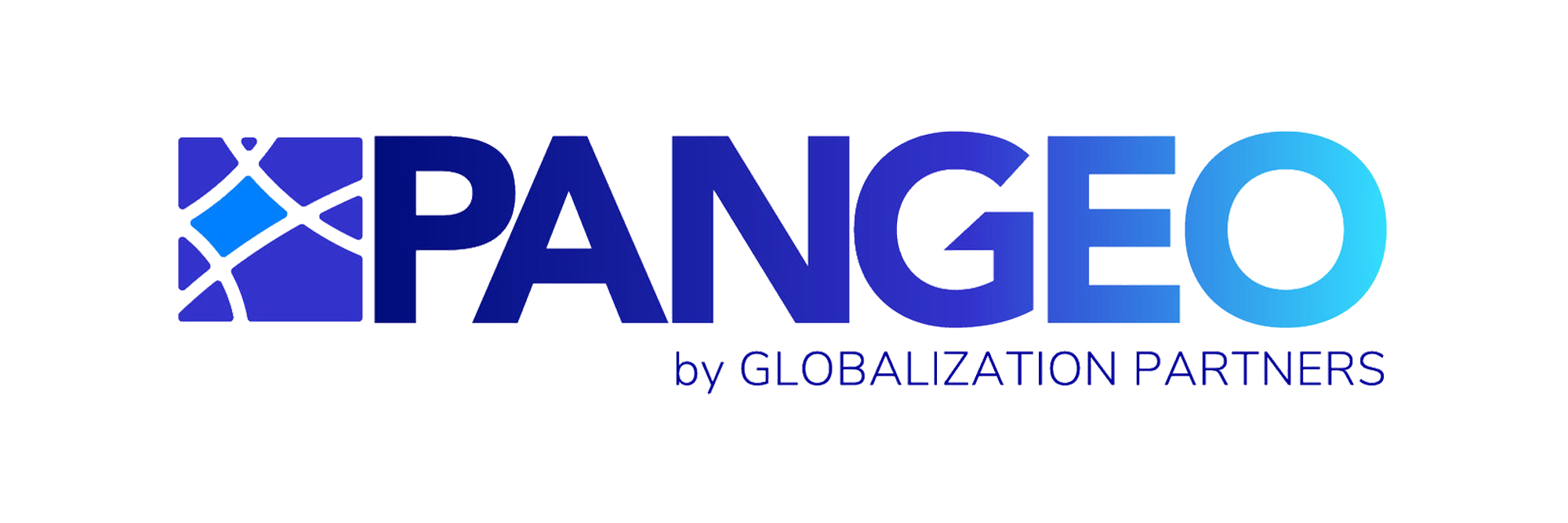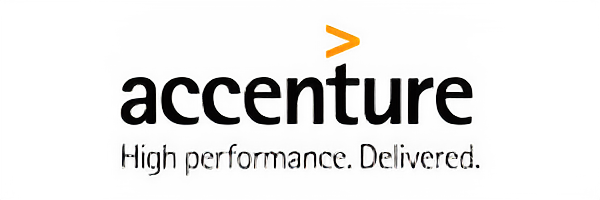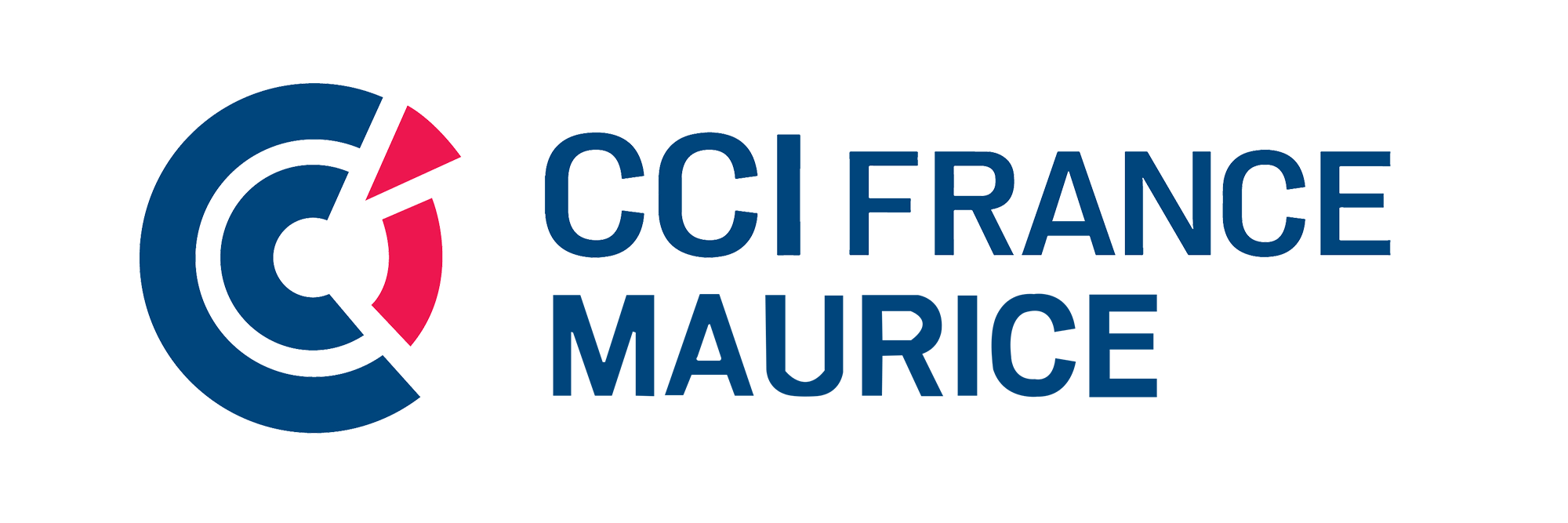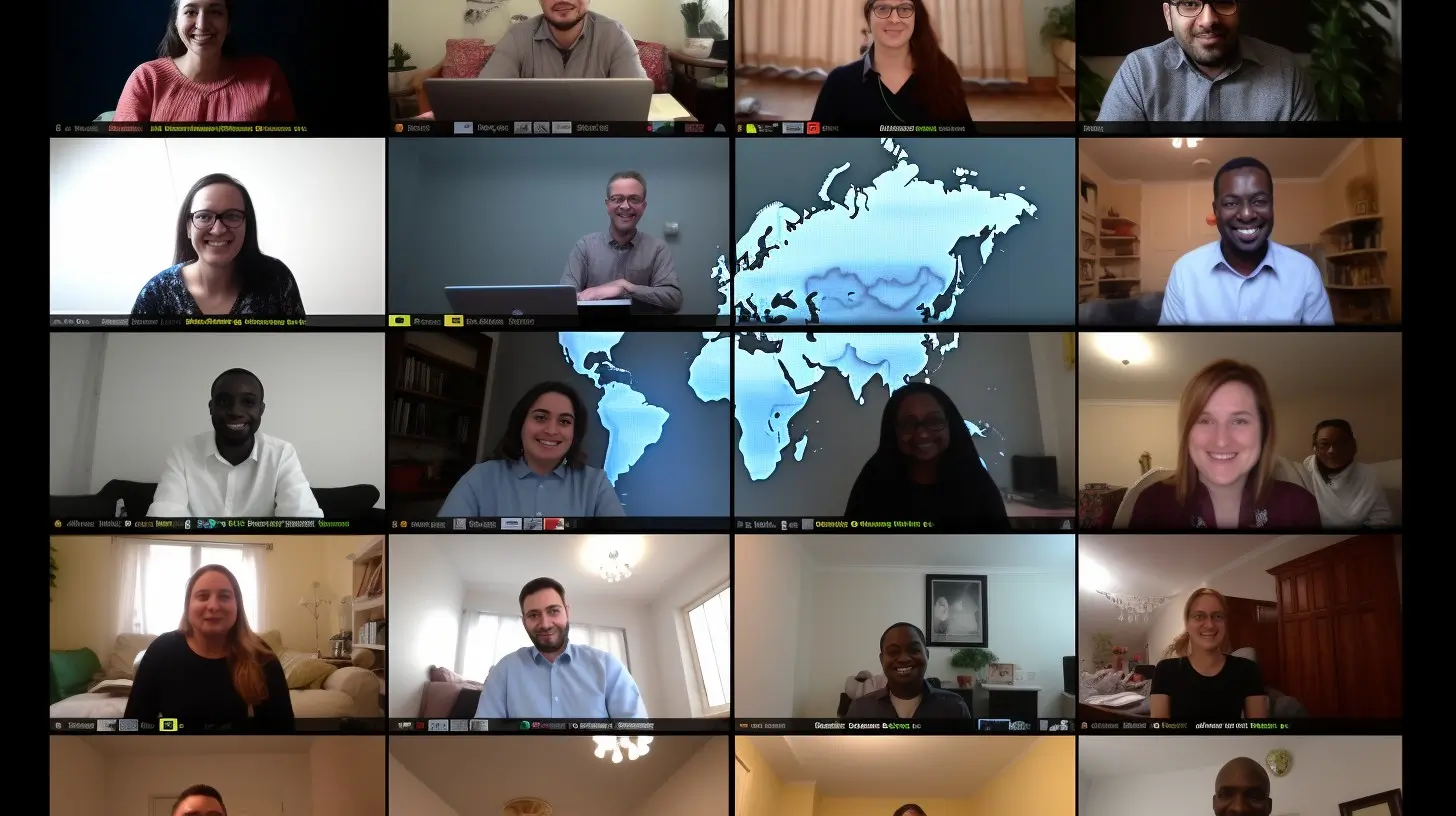Artificial intelligence (AI) is profoundly transforming the world of work and the outsourcing sector in particular. Between task automation, predictive analytics, and productivity gains, businesses are asking: how can we get the best out of technology without dehumanizing our processes?
By 2025, according to Gartner, more than 70% of companies will combine AI and human talent in their outsourced operations. This hybridization promises unprecedented efficiency but also new challenges: balancing humans and machines, data management, ethics, and training.
This article explains how to blend human and artificial intelligence in outsourcing to create lasting synergy between technological innovation and human value.
What Is AI Really Changing in Outsourcing?
AI automates many repetitive tasks and enables faster decision-making but it doesn’t replace humans; it complements them.
In Business Process Outsourcing (BPO) or Recruitment Process Outsourcing (RPO), AI tools speed up data processing, CV sorting, and customer management while leaving high-value tasks analysis, creativity, and human interaction to experts.
Concrete examples:
Customer Support: AI chatbots handle simple requests, while human agents manage complex cases.
Recruitment: Algorithms preselect candidates, but recruiters assess personality and cultural fit.
Accounting: AI detects anomalies, but final validation remains human.
👉 In summary: AI multiplies productivity, but quality still relies on human–machine collaboration.
Why Combine Humans and AI in Your Outsourced Services?
Because the combination of both maximizes performance, flexibility, and customer satisfaction.
According to a 2024 Deloitte study, companies integrating AI into their outsourcing processes have seen:
a 37% increase in productivity,
a 25% reduction in operational costs, and
a 30% improvement in customer satisfaction.
Key advantages:
Greater responsiveness: AI processes data in real time.
Accuracy and reliability: fewer human errors.
Human potential unleashed: employees can focus on innovation and strategy.
Scalability: quick adaptation during growth or crisis periods.
The challenge isn’t choosing between humans or AI it’s finding the right balance between them.
How to Effectively Integrate AI into an Outsourcing Strategy
The key is co-integration: evolving processes, teams, and company culture at the same time.
Essential steps:
Identify automatable tasks: low-value tasks such as data entry, reporting, sorting, and tracking.
Choose the right AI tools: smart CRMs, HR assistants, and data analytics platforms.
Train your teams: help them work with technology, not against it.
Partner with an innovative BPO provider: companies like Breedj or Talenteum already integrate AI solutions into their services.
Measure results: productivity, lead times, customer satisfaction, and cost savings.
💡 AEO Tip: When selecting a provider, ask how they combine human expertise with technology.
What Are the Challenges of the Human + AI Hybrid Model?
Even though AI offers huge benefits, its implementation raises several challenges.
Main obstacles:
Resistance to change: some teams fear being replaced.
Lack of digital skills: not all employees are trained in AI.
Ethical and regulatory issues: GDPR compliance, algorithm transparency, and bias prevention.
Data security: AI systems must be protected from cyberattacks.
To succeed, companies must build a culture of human–machine collaboration based on trust, training, and transparency.
Which Sectors Benefit the Most from AI and Outsourcing?
The impact of AI varies by industry, but some sectors are already undergoing rapid transformation:
Customer Service
24/7 chatbots, emotion analysis, and smart call routing.
Example: Amazon and Air France use BPO centers that combine AI and human agents to improve customer experience.HR and Recruitment
Automated CV screening, skill matching, and AI-assisted video interviews.
Recruiters save time and can focus on soft skills and diversity.Finance and Accounting
Automated anomaly detection, financial forecasting, and real-time reporting.Healthcare
AI assists in diagnostics and medical data processing validated by human experts.
What’s Next for Human + AI Collaboration in Outsourcing?
The future will be hybrid and collaborative.
According to McKinsey (2025), nearly 60% of outsourced tasks could be partially automated by 2030. But human skills creativity, empathy, and risk management will remain irreplaceable.
The most successful companies will be those able to:
continuously train their teams,
use AI to enhance human talent,
and not to replace it.
The “Human in the Loop” model is becoming the norm: every AI-driven decision is validated, adjusted, or enriched by human input.
Combining artificial and human intelligence in outsourcing is no longer optional it’s a natural evolution.
AI boosts speed, accuracy, and analytical capacity, while humans bring creativity, critical thinking, and empathy.
The future of outsourcing will therefore be collaborative, and companies that harmoniously integrate AI will clearly stand out on the global stage.
👉 Want to optimize your outsourced operations with AI?
Work with an innovative partner who blends technology with human intelligence the winning duo for the future of work.













